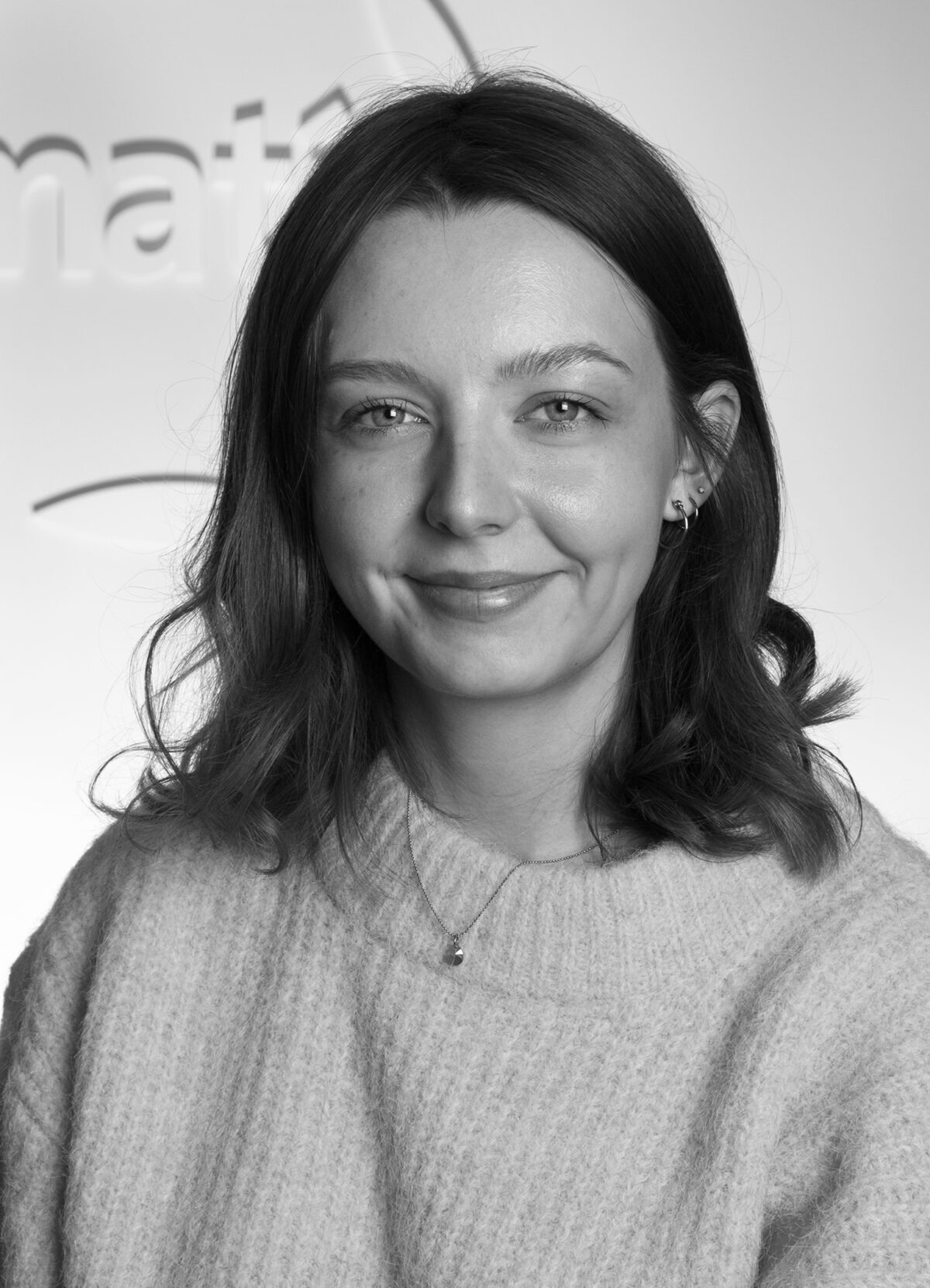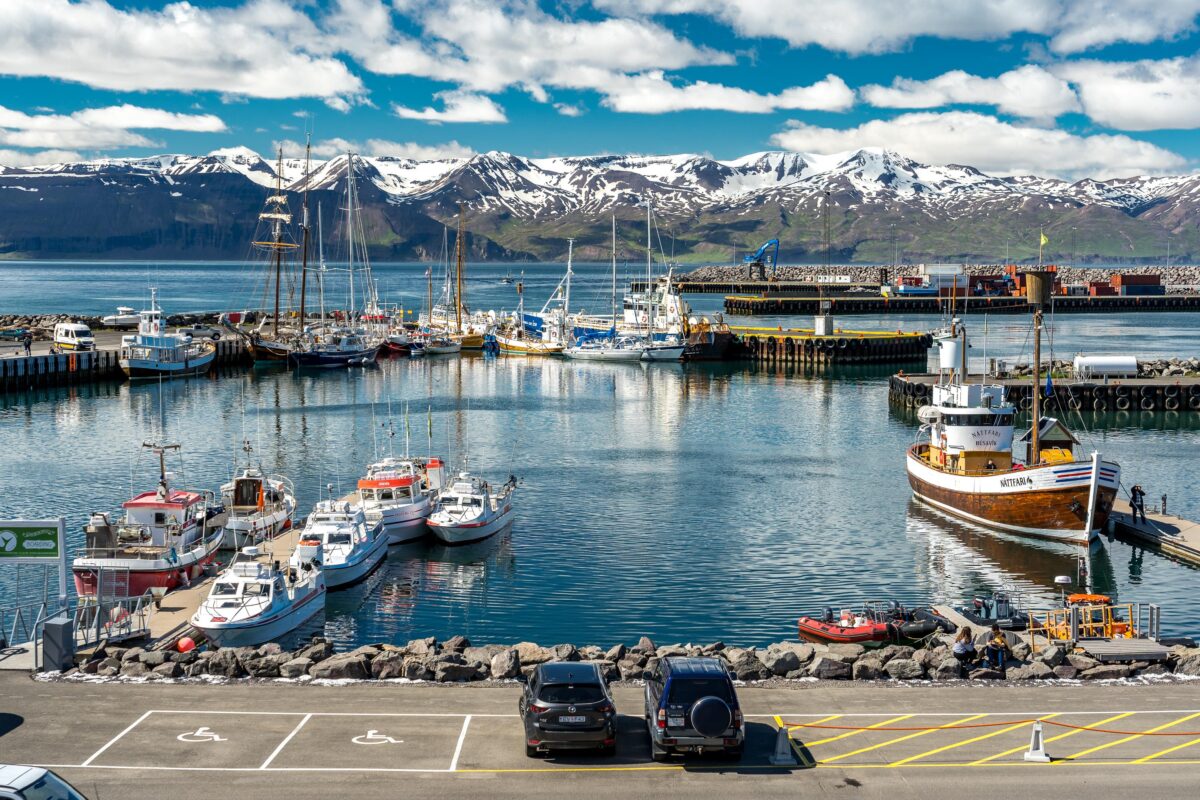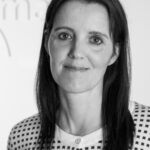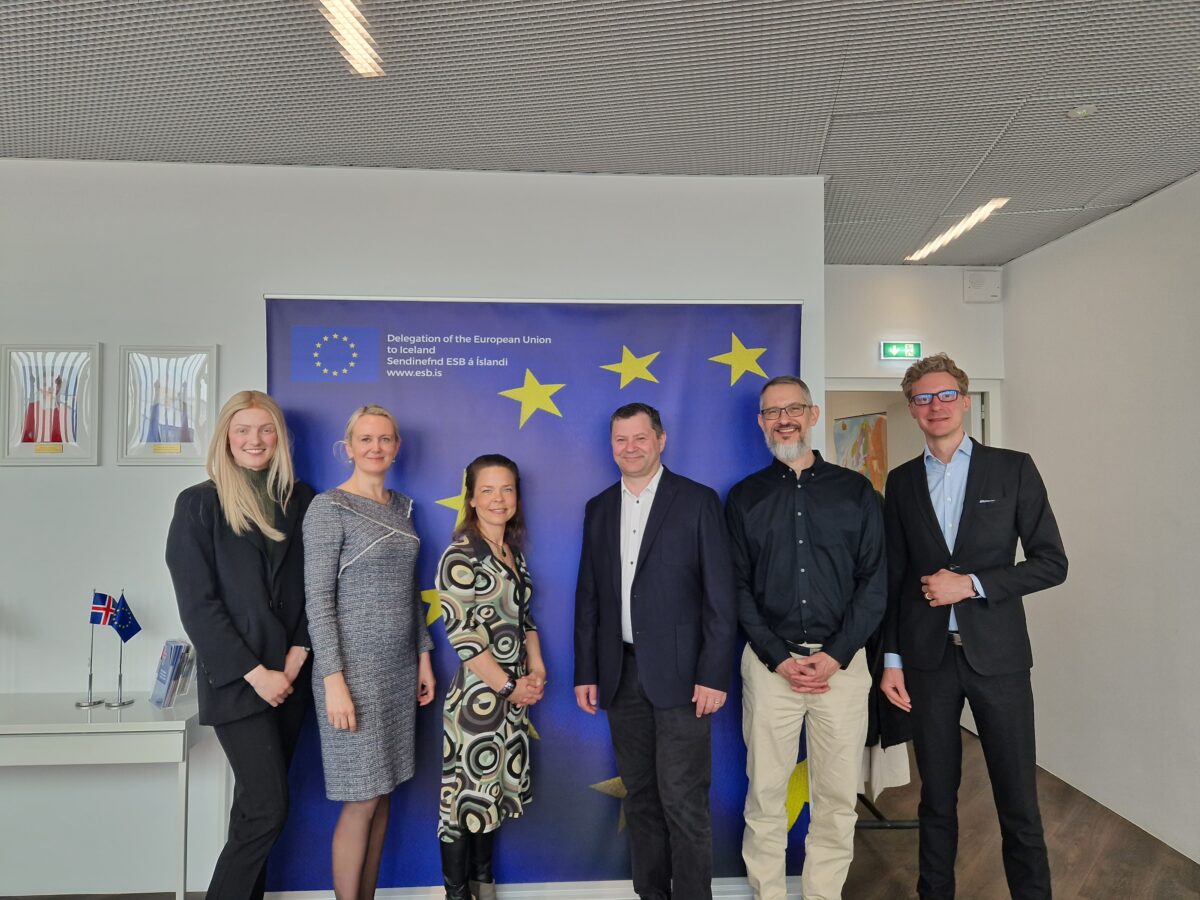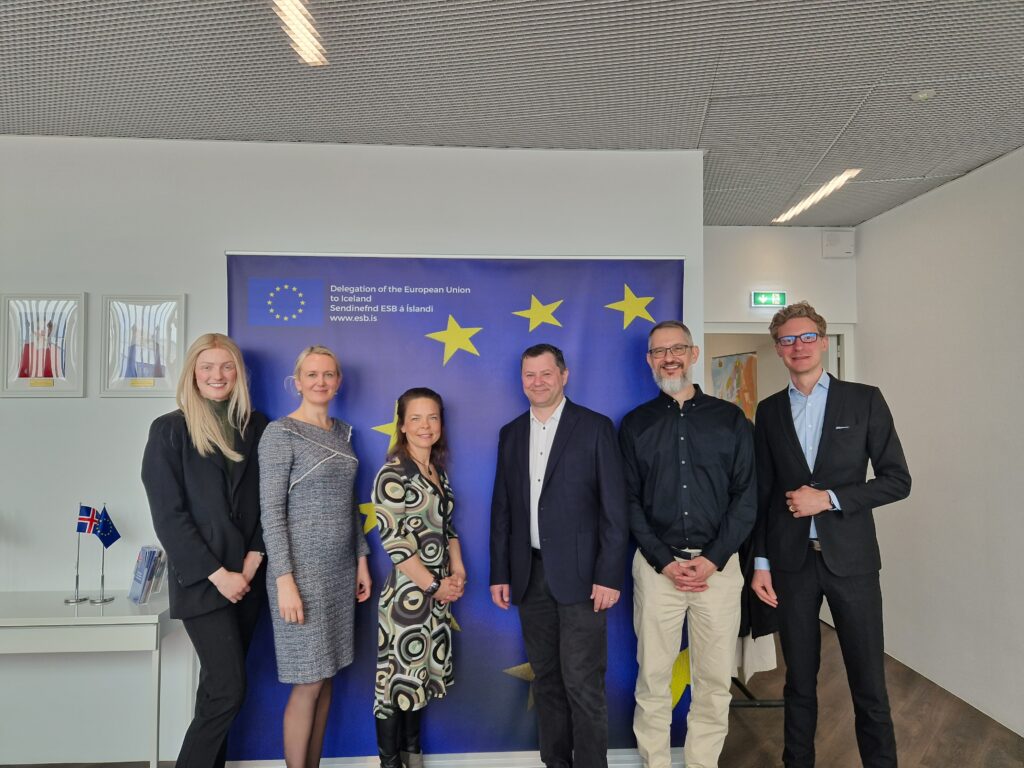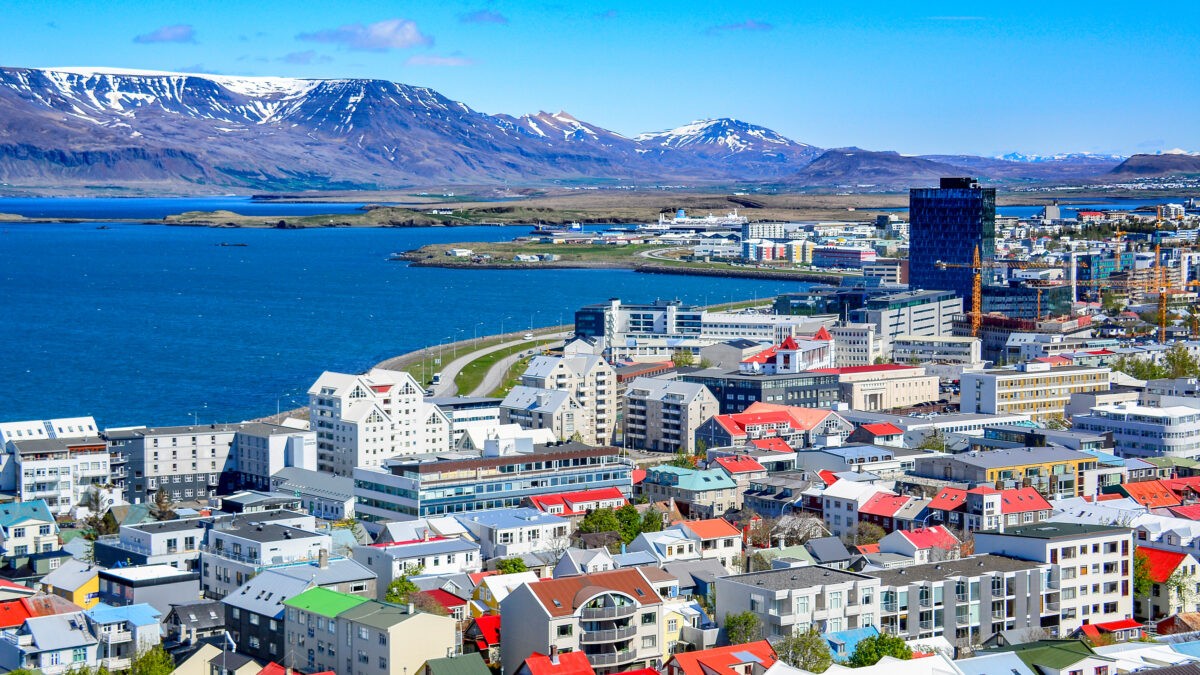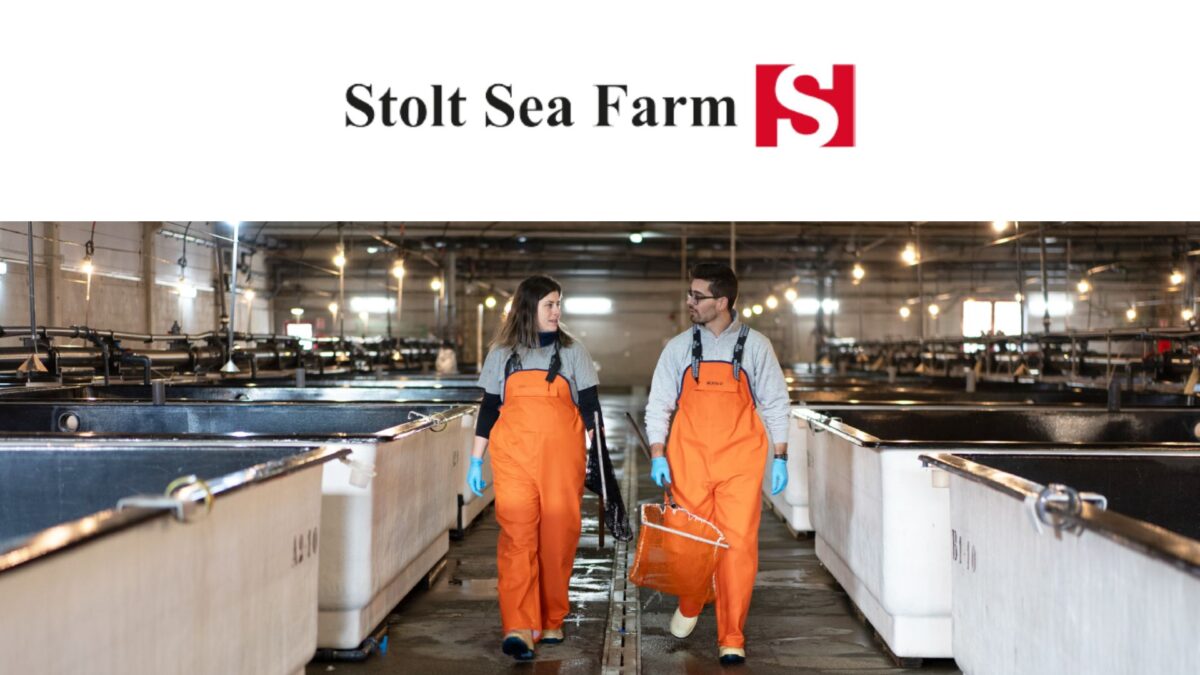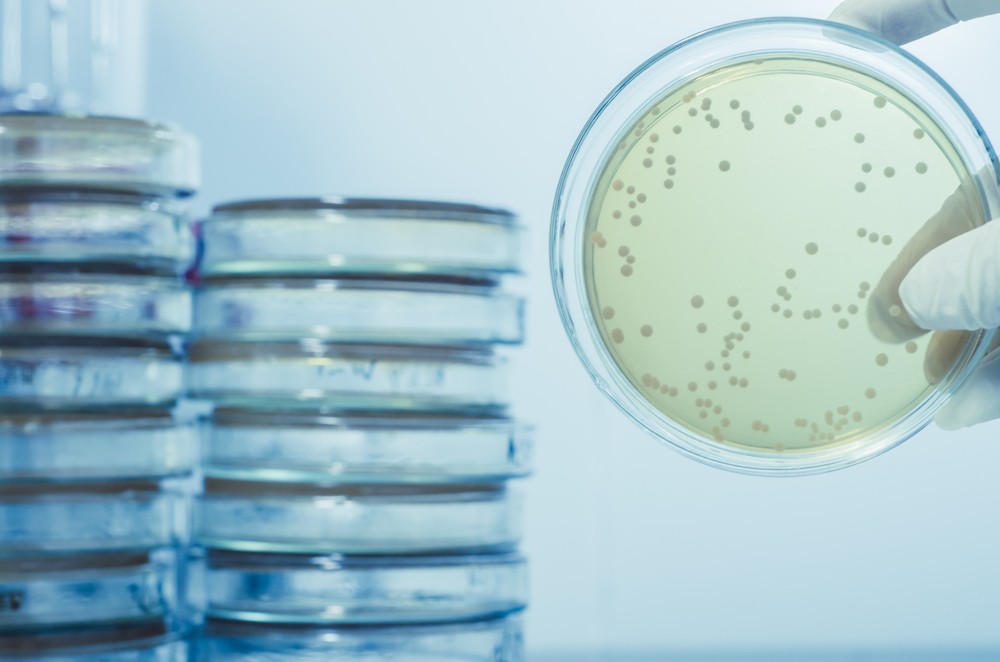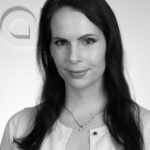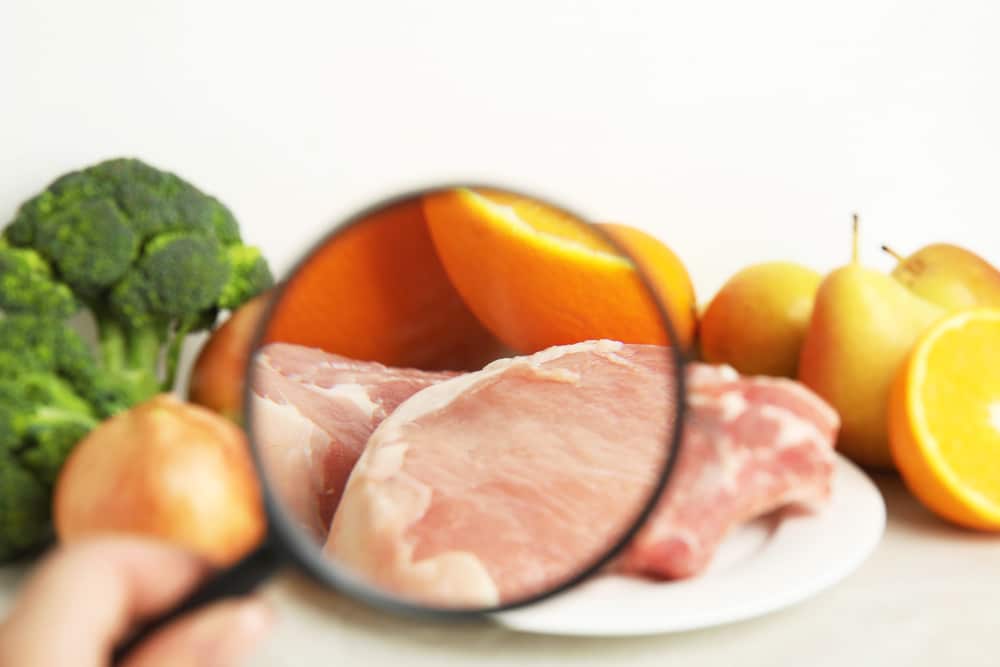Next Monday, May 27, Rebecca Sim will defend her doctoral thesis in chemistry at the University of Iceland. The thesis is entitled Distribution of hydrophilic and lipophilic arsenic compounds among macroalgae.
The doctoral defense will take place in the Celebration Hall of the University of Iceland's Main Building at 11:00 a.m. to 1:00 p.m. Opponents will be Dr. Barbro Kollander, senior scientist at the Swedish Food Agency and Dr. Kristmann Gíslason, professional manager of the chemical analysis group at the Icelandic Marine Research Institute. The supervisor is Ásta Heiðrún Pétursdóttir, PhD in chemical analysis and expert at Matís.
The doctoral committee also includes Dr. Guðmundur Haraldsson professor emeritus, dr. Jörg Feldmann, head of the Trace Element Speciation Laboratory (TESLA) at the University of Graz in Austria, and Dr. Karl Gunnarsson, biologist at the Icelandic Marine Research Institute.
The director of defense is Dr. Einar Örn Sveinbjörnsson, dean of the Faculty of Science, University of Iceland.
Rebecca is from North-East Scotland but moved to Iceland in 2020 to study for a PhD. She completed a BSc in Chemistry at the University of Glasgow and an MSc in Analytical Chemistry at the University of Aberdeen. Rebecca currently works as an expert in Matís' chemical analysis group.
The following is an abstract of the essay:
Algae can absorb large amounts of the element arsenic from the sea in the form of inorganic arsenic, which is a known carcinogen. In the algae, arsenic is also detected in the form of diverse organic compounds of arsenic, for example arsenosaccharides and arsenolipids, but organic arsenic species have been considered harmless. However, recent research on arsenolipids has shown that they can be as cytotoxic as inorganic arsenic, and it is possible that arsenosugars have long-term negative effects with regular consumption. There is a lot of mystery about the origin of arsenolipids, but the starting point of their production is believed to take place in algae. Algae are becoming more and more popular in the West. More information on these compounds is urgently needed to fully assess the risks associated with their consumption and to ensure that appropriate regulations are established regarding their maximum levels in food. Samples of red, green and brown algae were collected near Grindavík and Kjalarnes. The samples were thoroughly analyzed for heavy metals and an arsenic analysis was carried out to obtain information on the chemical form of the arsenic. The speciation of arsenolipids is complex and was carried out in selected samples with mass spectrometry HPLC-ICP-M/ESI-MS/MS and HPLC-qToF-MS. In addition, brown macroalgae were divided into biological fractions to determine whether the distribution of arsenic species is uniform throughout the seaweed. Limited information is available globally on algal arsenolipids, so this extensive profiling of them in different species of algae will help elucidate how these enigmatic organic arsenic compounds are formed and where they are stored. The data can also be used for risk assessment of arsenic species in seaweed for human consumption and can therefore influence future food safety legislation.

